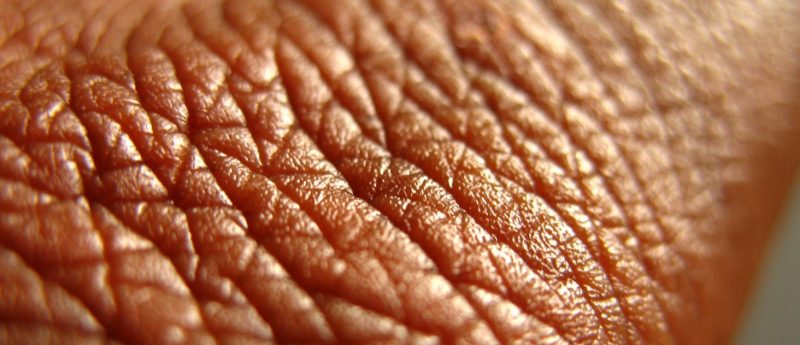Drug candidate for skin and hair regeneration identified

New understanding of signaling processes could lead to drug treatments to promote skin and hair regeneration following burns and trauma
A novel cell signaling pathway through which hair follicles and skin are regenerated during wound healing has been identified in mice. It is hoped that these findings could eventually encourage growth of new hair, skin or other tissues in scarred victims of burns and other injuries.
Discussing this study, senior author Luis Garza from Johns Hopkins University School of Medicine (MD, USA) stated that the team had uncovered “a novel role for a protein that works as a master regulator of regeneration in the skin. Medications that turn on this protein have the powerful potential to decrease scarring as healing of wounds takes place, thereby promoting skin and hair follicle regeneration.”
The group’s investigation was based in the knowledge that damaged skin releases dsRNA sensed by TLR3, which in turn activates IL6 and STAT3, thus promoting hair follicle regeneration. TLR3 is known to also activate other molecules involved in hair development, including the Wnt and Shh signaling pathways, in addition to the EDAR gene, which encodes the protein ectodysplasin and plays an important role in skin development.
In this study, Garza and colleagues compared protein expression levels of certain genes in healed wounds across two mice groups. One group was genetically proficient in wound-induced hair neogenesis, while the other inbred group had been documented to lack this ability. It was observed that TLR3 expression was three-times higher in mice that were better able to regenerate hair. In additional investigations using samples of scratched human skin cells, TLR3 expression was five-times higher than in healthy skin cell samples. Addition of dsRNA to mouse skin wounds was observed to lead to a greater number of regenerated follicles, while addition of a substance that breaks up dsRNA decreased the number of regenerated follicles. In mice deficient in TLR3, regeneration was observed to be almost absent.
Outlining the importance of understanding these processes, Garza stated: “A lot of human disability is from scarring. After a heart attack, we’re really good at replacing the blood flow, but it’s the scar on the heart afterward that’s the real problem. We and others in the field of regenerative medicine are interested in how to enhance or trigger regeneration in such situations.”
Clinical translation of these findings is promising and has begun, with products targeted at activating TLR3, with the aim of trigger the immune system, already in development which could potentially be applied to the promotion of regeneration. However, the authors warn that clinical applications of these findings await multiple rounds of further investigation and testing.
— Written by Hannah Wilson
Source: Johns Hopkins News Release